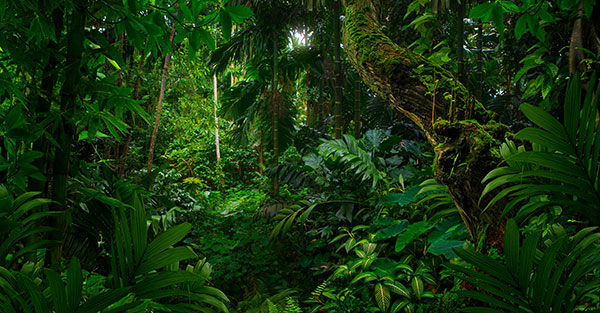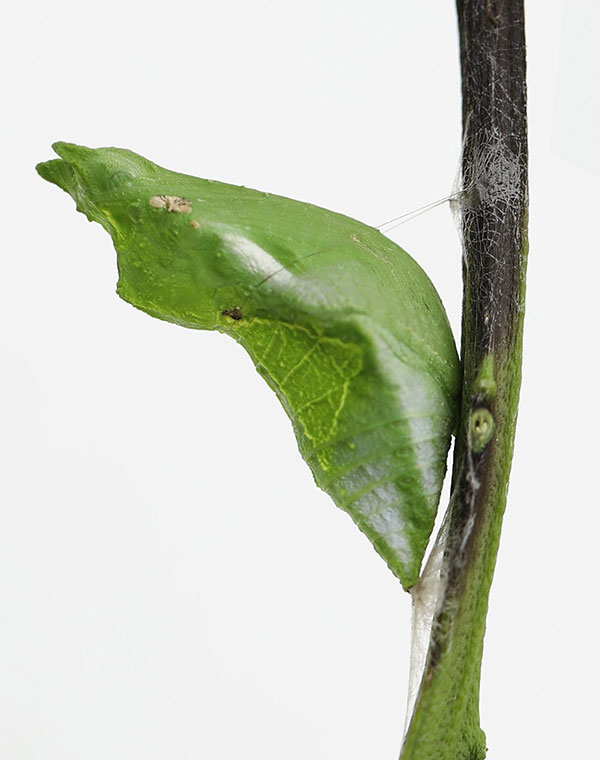FOR IMMEDIATE RELEASE
“Multifunctional Glycopeptide-Based Hydrogel via Dual-Modulation for the Prevention and Repair of Radiation-Induced Skin Injury”
ACS Biomaterials Science & Engineering
Radiation is a powerful tool for treating cancer, but prolonged exposure can damage the skin. Radiation-induced skin injuries are painful and increase a person’s chances of infection and long-term inflammation. Now, researchers in ACS Biomaterials Science & Engineering report an aspirin-containing hydrogel that mimics the nutrient-rich fluid between cells and accelerates healing of skin damaged by radiation in animals. With further development, the new salve could provide effective and rapid wound healing for humans.

Most people undergoing radiotherapy for cancer will experience radiation-induced skin injury that can include redness, pain, ulcers, necrosis and infection. There are few treatments for these wounds, with the most common methods being debridement (surgical removal of the damaged skin) and hyperbaric oxygenation (exposure to pure oxygen in a pressurized environment). Wound dressings made from hydrogels are gaining popularity because they are easy to apply and provide a wet environment for healing that is similar to the inside of the body. Glycopeptide-based hydrogels are especially promising: In laboratory and animal studies, the nanofiber structures have promoted cellular growth and regulated cell adhesion and migration. A research team led by Jiamin Zhang, Wei Wang, Yumin Zhang and Jianfeng Liu proposed loading aspirin, a common anti-inflammatory drug, into a glycopeptide-based hydrogel to create a multifunctional wound dressing for radiation-induced skin injuries.
In lab tests with cultured cells, the researchers found that the aspirin-contained hydrogel scavenged reactive oxygen species, repaired DNA double-strand breaks and inhibited inflammation caused by radiation exposure without affecting cellular growth. In mouse models of radiation-induced skin injury, the researchers found that dressing wounds for three weeks with the salve reduced acute injuries and accelerated healing — results that the team says point to its potential as an easy-to-administer, on-demand treatment option for reducing radiation damage and promoting healing in humans.
The authors acknowledge funding from the Chinese Academy of Medical Sciences’ Innovation Fund for Medical Sciences and National Natural Science Foundation of China.
###
The American Chemical Society (ACS) is a nonprofit organization chartered by the U.S. Congress. ACS’ mission is to advance the broader chemistry enterprise and its practitioners for the benefit of Earth and all its people. The Society is a global leader in promoting excellence in science education and providing access to chemistry-related information and research through its multiple research solutions, peer-reviewed journals, scientific conferences, eBooks and weekly news periodical Chemical & Engineering News. ACS journals are among the most cited, most trusted and most read within the scientific literature; however, ACS itself does not conduct chemical research. As a leader in scientific information solutions, its CAS division partners with global innovators to accelerate breakthroughs by curating, connecting and analyzing the world’s scientific knowledge. ACS’ main offices are in Washington, D.C., and Columbus, Ohio.
To automatically receive press releases from the American Chemical Society, contact newsroom@acs.org.
Note: ACS does not conduct research, but publishes and publicizes peer-reviewed scientific studies.







